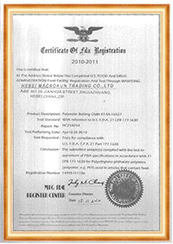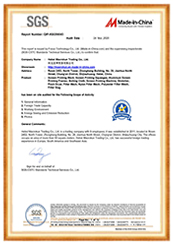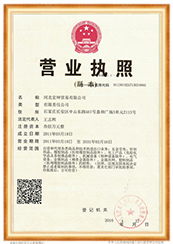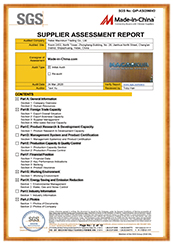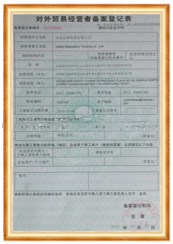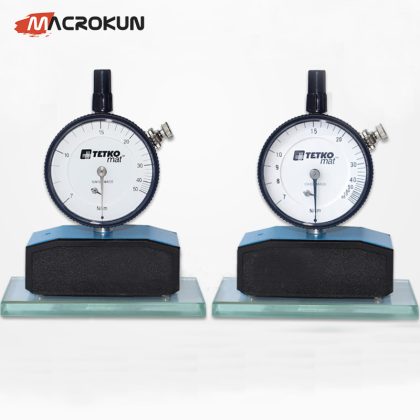
Screen printing is a popular technique used in various industries, including textiles, graphics, and electronics. It involves transferring ink onto a substrate through a mesh screen. To achieve high-quality prints, it is crucial to maintain proper tension in the screen. This is where a screen tensiometer comes into play.
What is a screen tensiometer?
A screen tensiometer, also known as a tension meter or tension gauge, is a device used to measure the tension in a screen printing mesh. It consists of a frame with a calibrated scale and a probe or a measuring head. The probe is placed on the screen, and the tension is measured in units such as Newtons or pounds-force.
Why is screen tension important?
Screen tension is a critical factor in achieving accurate and consistent prints. Insufficient tension can lead to issues like ink bleeding, registration problems, and poor image quality. On the other hand, excessive tension can cause mesh breakage, premature wear, and difficulty in achieving proper ink penetration.
Benefits of using a screen tensiometer:
Quality control: A screen tensiometer allows you to measure and maintain the desired tension in your screens, ensuring consistent print quality. By regularly checking the tension, you can identify any deviations and take corrective measures promptly.
Increased productivity: Properly tensioned screens enable faster printing speeds and reduce downtime due to issues like misregistration or ink smearing. With a screen tensiometer, you can quickly identify and rectify any tension-related problems, leading to improved productivity.
Cost savings: By avoiding reprints and minimizing wastage of materials, a screen tensiometer helps save costs in the long run. It allows you to catch tension-related issues early on, preventing potential production delays and rework.
Extended screen life: Maintaining the correct tension in your screens can significantly increase their lifespan. With a screen tensiometer, you can ensure that the tension is within the recommended range, reducing the risk of premature screen failure.
Tips for using a screen tensiometer effectively:
Calibration: It is essential to calibrate your screen tensiometer regularly to ensure accurate tension measurements. Follow the manufacturer’s instructions for calibration or consult a professional if needed.
Consistency: Measure the tension at multiple points across the screen to ensure uniform tension distribution. Make adjustments as necessary to achieve consistent tension throughout the mesh.
Record keeping: Maintain a log of tension measurements for each screen, including the date, tension values, and any adjustments made. This record can help track changes over time and identify patterns or issues.
Regular maintenance: Keep your screen tensiometer clean and in good working condition. Follow the manufacturer’s guidelines for cleaning and storage to ensure accurate and reliable measurements.
In conclusion, a screen tensiometer is an indispensable tool for any screen printer aiming for high-quality prints and efficient production. By measuring and maintaining the proper tension in your screens, you can achieve consistent results, reduce downtime, and extend the life of your screens. Invest in a reliable screen tensiometer today and take your screen printing to the next level!
Pre: Rosin Silicone Paper: The Perfect Solution for Rosin Filters

MACROKUN has established long-term and stable cooperative relations with many transportation companies such as China Post, DHL, FEDEX, USPS, UPS, etc. Of course, MACROKUN can also provide air and sea transportation. The powerful logistics system enables all MACROKUN'S Printing Mesh, Filter Mesh and Filter Bags and so on to be easily and efficiently transported to any place. For quotes and inquiries, please email our sales team.
